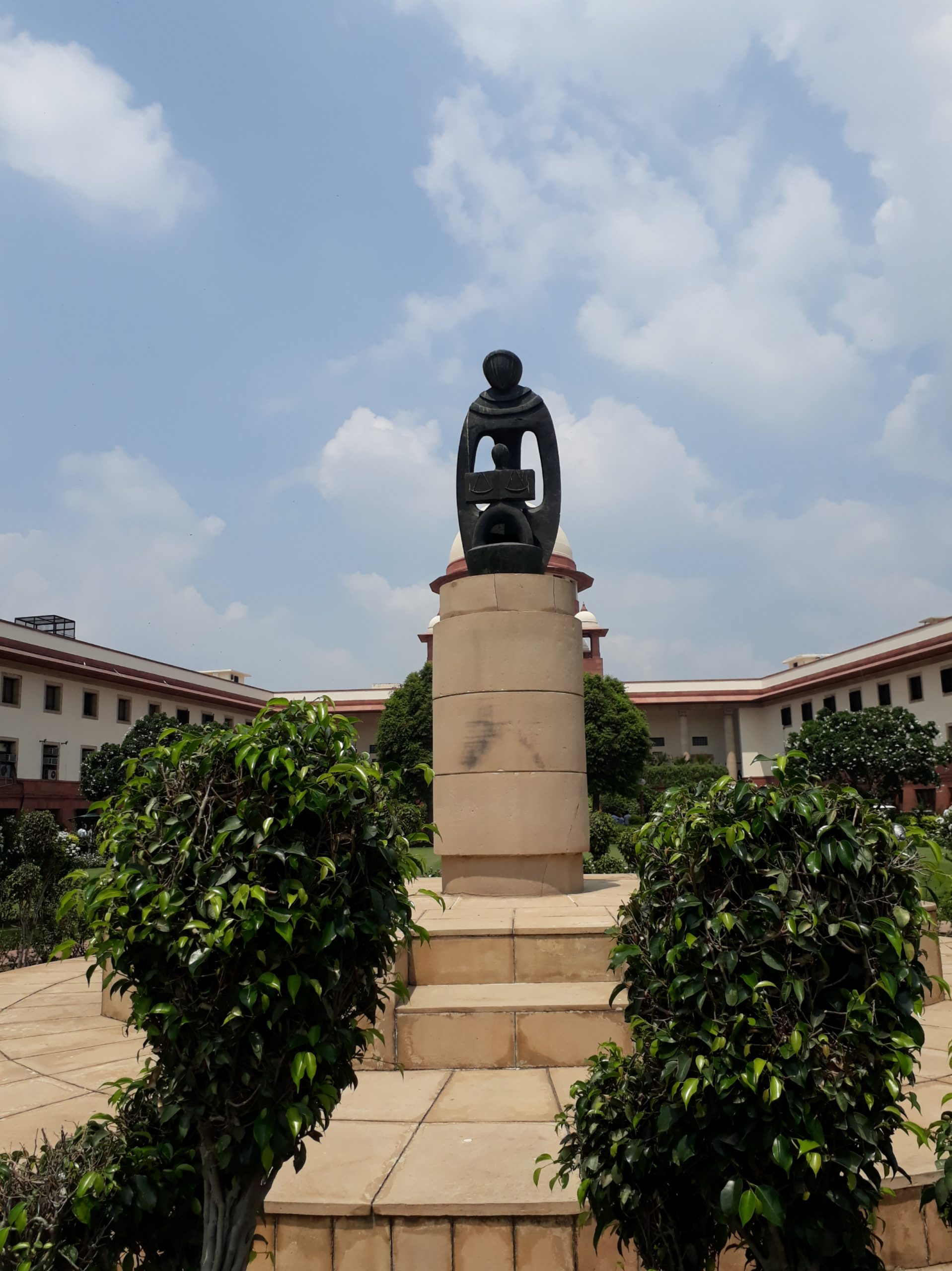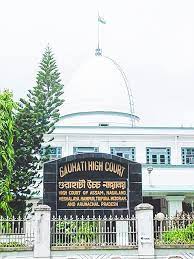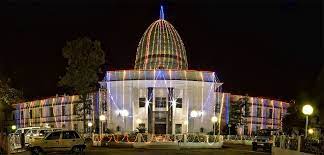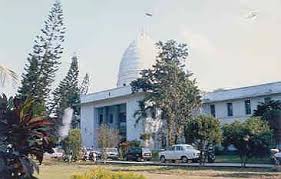(A) Penal Code, 1860, Section 302/ 149 – Murder – Conviction Upheld – Appreciation of evidence – Unlawful assembly – Common object – Murder – Clear evidence of PW-3 and PW-4 that, in the first instance, a day earlier, a threat was extended to them and then in a planned manner on the next morning initially A-8 and A-9 had come and stood near their house – Thereafter, the other accused came in an auto-rikshaw and after alighting from it collected weapons from behind the board of a tailor shop and assembled in front of their house – They together armed with weapons (choppers), entered their house and A-8 and A-9 stood on the door of the house instigating others to kill – Held that this evidence is sufficient in itself to establish that they had assembled in intention of doing an unlawful act of eliminating the family of the deceased Shivanna – In the light of the above evidence and in the absence of any defence evidence, it is amply clear that all the accused persons unlawfully assembled in front of the house of the deceased Shivanna and armed themselves with deadly weapons attracting the provisions of Section 149 IPC – An overt act of some of the accused persons of an unlawful assembly with the common object to kill the deceased Shivanna and to cause grievous hurt to the other family members is enough to rope in all of them for an offence under Section 302 IPC in aid with Section 149 IPC – Held that upon consideration of the entire material evidence on record none of the findings are in any manner perverse, thus, leaving no scope for this Court to disturb the findings or the judgments and orders of the courts below. (Para 17, 18, 20 and 22)
(B) Penal Code, 1860, Section 302/ 149 – Murder – Medical evidence – Ocular evidence – Contention advanced on behalf of the appellants that the medical evidence or the medical report on record does not substantiate the stand taken by the prosecution repelled – Doctor (PW-18) who conducted the postmortem had proved the injuries – However, she suggested the possibility of use of different weapons in causing those injuries – Undoubtedly, only one kind of weapon i.e. chopper was used in committing the crime and, therefore, the evidence of the doctor may not be matching with that of the prosecution – Ocular evidence of PW-3 and PW-4 is sufficient enough to prove that only chopper was used as a weapon of crime – In the light of the said evidence of the two eyewitnesses, the suggestion or opinion of the doctor cannot prevail as the opinion based upon probability is a weak evidence in comparison to the ocular evidence of eyewitnesses – Moreover, even the said doctor herself in the end had suggested that all the wounds could have been caused by the same kind of weapon – Do not find any error or illegality in the judgments and orders of the two courts below. (Para 21 and 23)
SUPREME COURT OF INDIA
2024 STPL(Web) 86 SC
[JT 2024 (2) SC 158]
Haalesh @ Haleshi @ Kurubara Haleshi Vs. State Of Karnataka
Criminal Appeal No. 1954 of 2012 with Criminal Appeal No. 1955 of 2012 and Criminal Appeal No. 1303 of 2014-Decided on 2-2-2024
https://stpllaw.in/wp-content/uploads/2024/04/2024-STPLWeb-86-SC.pdf







